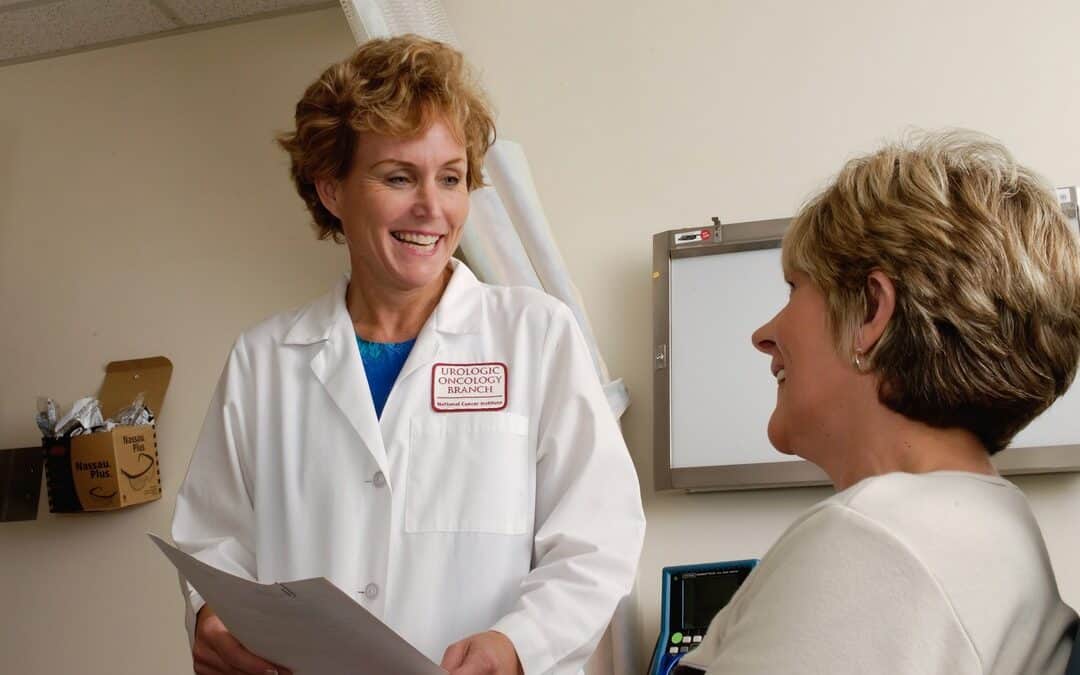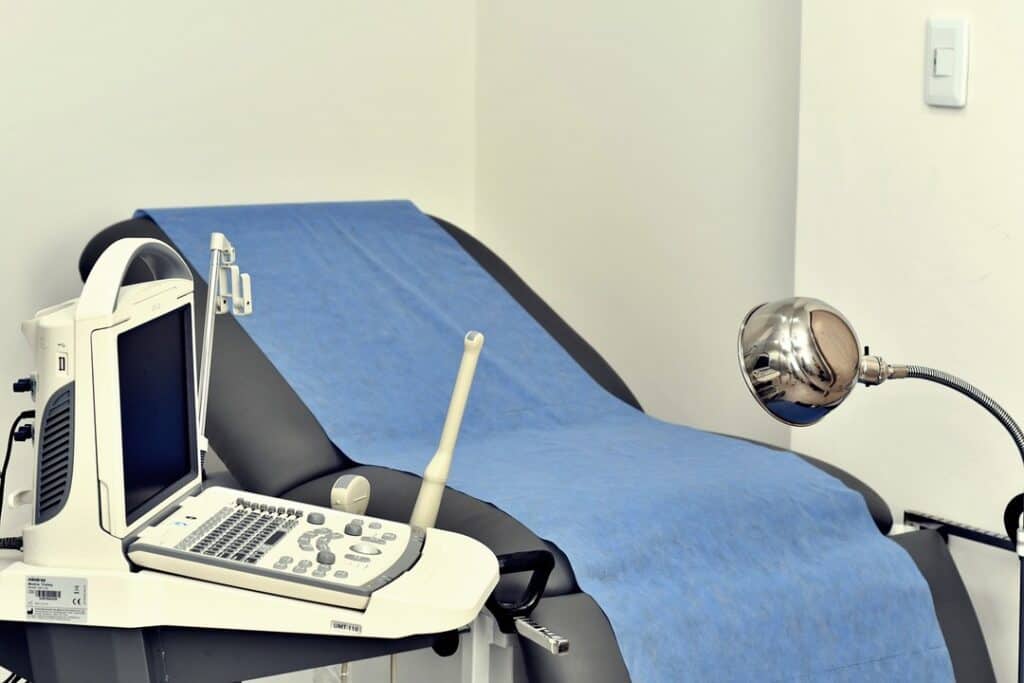Navigating through the medical jargon may seem daunting, but fear not – this blog is here to guide you through common gynecology terms, ensuring that your visits to the gynecologist are not only informative but also comfortable. As you navigate the intricacies of women’s health, understanding the terminology and procedures associated with gynecological care empowers you to take an active role in your well-being. Your knowledge becomes a tool for informed decision-making and positive healthcare experiences.
Remember, the conversations about female hormones, sexual health, and potential interventions for conditions like ectopic pregnancies or pelvic inflammatory disease are essential steps toward maintaining a healthy reproductive life. By staying informed and engaged, you contribute to the proactive management of your health, fostering a sense of empowerment and confidence in your journey toward well-being. Embrace the knowledge, ask questions, and ensure that your path to reproductive health is one marked by understanding, awareness, and positive choices.
Your Hormones
Female hormones play a pivotal role in regulating various physiological processes and maintaining overall reproductive health. The primary hormones involved in the female reproductive system are estrogen and progesterone, produced primarily by the ovaries. These hormones orchestrate the menstrual cycle, influencing the development of the uterine lining, the release of eggs during ovulation, and preparing the body for a potential pregnancy.
Additionally, hormones like luteinizing hormone (LH) and follicle-stimulating hormone (FSH), produced by the pituitary gland, contribute to the regulation of the menstrual cycle. Throughout a woman’s life, hormonal fluctuations occur during puberty, the menstrual cycle, pregnancy, and menopause. These hormonal changes not only impact reproductive functions but also influence mood, bone density, and cardiovascular health. Understanding the delicate balance and interplay of these hormones is essential for maintaining overall well-being and addressing various aspects of women’s health at different life stages.
The Menstrual Cycle
Let’s start with a fundamental aspect of women’s health – the menstrual cycle. Your gynecologist may refer to different phases like menstruation, ovulation, and the luteal phase. Understanding these terms can provide insight into your reproductive health.
Your menstrual periods are a natural and essential aspect of women’s reproductive health. It is a complex and intricately regulated process that occurs in a cyclic pattern, typically spanning about 28 days, although variations are common. Your gynecologist may reference specific phases within this cycle, each playing a crucial role in understanding and managing your reproductive health effectively.
First Phase
Menstruation, commonly known as your period, marks the beginning of the menstrual cycle. It involves the shedding of the uterine lining, resulting in the flow of blood from the uterus through the cervix and out of the body. This phase typically lasts for about 3 to 7 days.
Second Phase
Following menstruation, the follicular phase begins. This is characterized by the development of follicles in the ovaries, each containing an immature egg. As the follicles grow, they release hormones like estrogen, preparing the uterine lining for a potential pregnancy.
Third Phase (Starts Around Day 14)
Ovulation is a pivotal moment in the menstrual cycle, occurring approximately in the middle of the cycle. One mature egg is released from a dominant follicle in the ovary, making its way into the fallopian tube. This is the most fertile phase, and conception is more likely to happen during this time.
Fourth Phase
After ovulation, the luteal phase commences. The ruptured follicle transforms into a structure called the corpus luteum, which produces progesterone. This hormone helps maintain the uterine lining in case of pregnancy. If conception does not occur, the corpus luteum breaks down, leading to a decline in progesterone and the initiation of menstruation.
Understanding these phases in the woman’s cycle empowers you to comprehend the intricacies of your reproductive system. It not only aids in demystifying the changes your body undergoes but also plays a vital role in family planning discussions with your gynecologist.
Pap Smear
The Pap smear, also known as Pap test or cervical smear, is a crucial component of routine gynecological exams, specifically designed to detect early signs of cervical cancer. This screening procedure is an invaluable tool in women’s healthcare, contributing significantly to the prevention and early detection of cervical abnormalities. Understanding what the Pap smear involves and why it is conducted can alleviate any anxiety associated with this routine screening, empowering you to prioritize your reproductive health.
What is a Pap Smear?
A Pap smear is a simple and quick test that involves collecting cells from the cervix, the lower part of the uterus that connects to the vagina. These cells are then examined under a microscope to identify any abnormalities that may indicate the presence of precancerous or cancerous conditions.
Why is it Done?
The primary purpose of a Pap smear is to detect changes in the cervical cells early on, before they develop into cervical cancer. Human Papillomavirus (HPV) is a common virus that can lead to cervical cell abnormalities. Regular Pap smears are effective in identifying these abnormal cells, allowing for timely intervention and preventive measures.
What to Expect During a Pap Smear
Preparation: Avoid scheduling your Pap smear during your ovulation period. Wear comfortable clothing, and do not apply any products or douche intravaginally several days before. Avoid sexual intercourse a few days before your scheduled appointment.
Positioning: You will be asked to lie down on an examination table with your feet placed in stirrups, allowing the gynecologist clear access to the cervix.
Speculum Insertion: A speculum, a device that gently holds the vaginal walls apart, will be inserted to provide a clear view of the cervix.
Cell Collection: Using a small brush or spatula, your gynecologist will collect a sample of cells from the cervix. The procedure is usually quick and may cause mild discomfort but should not be painful.
Laboratory Analysis: The collected cells are then sent to a laboratory for analysis. Results are typically available within a few days to a couple of weeks.
Sexually Transmitted Disease
A sexually transmitted disease (STDs), also referred to as a sexually transmitted infection (STIs), is an infection that can be contracted through sexual activity, including vaginal, anal, or oral sex. These infections are caused by bacteria, viruses, or parasites and can affect individuals of all ages and backgrounds. Common STDs include chlamydia, gonorrhea, syphilis, herpes, human papillomavirus (HPV), and human immunodeficiency virus (HIV). Some STDs exhibit visible symptoms, while others may remain asymptomatic, making regular testing and communication with sexual partners crucial.
Prevention measures, such as practicing safe sex through condom use, being in mutually monogamous relationships, and getting vaccinated for certain infections like HPV, play essential roles in reducing the transmission of STDs. Seeking prompt medical attention for diagnosis and treatment is vital to manage these infections effectively and prevent complications. Open communication with your gynecologist, routine screenings, and fostering awareness contribute to a comprehensive approach in addressing the challenges posed by sexually transmitted diseases.
What is an Ectopic Pregnancy?
An ectopic pregnancy occurs when a fertilized egg implants itself outside the uterus, commonly in one of the fallopian tubes. This atypical implantation poses a serious medical concern as the fallopian tubes are not designed to support the growth of a developing embryo. Ectopic pregnancies can also occur in other locations such as the ovaries, abdomen, or cervix, although these instances are less common.
The condition is characterized by symptoms like pelvic pain, vaginal bleeding, and shoulder pain, and if left untreated, it can lead to severe complications, including rupture of the fallopian tube and life-threatening internal heavy bleeding. Early detection through ultrasound and blood tests is crucial for the management of ectopic pregnancies. Treatment options may include medication to dissolve the pregnancy tissue or surgical intervention to remove the ectopic pregnancy. Prompt medical attention is essential to safeguard the health of the individual and prevent potential complications associated with ectopic pregnancies.
Pelvic Inflammatory Disease
Pelvic Inflammatory Disease (PID) is a serious infection affecting the female reproductive organs, including the uterus, fallopian tubes, and ovaries. It typically results from the ascent of bacteria from the vagina or cervix into the upper reproductive tract. Commonly caused by sexually transmitted infections like chlamydia and gonorrhea, PID can also occur due to other factors such as childbirth, abortion, or the insertion of intrauterine devices (IUDs).
Symptoms may include pelvic pain, abnormal vaginal discharge, fever, and painful urination. If left untreated, PID can lead to severe complications, including infertility, chronic pelvic pain, and ectopic pregnancies. Prompt medical attention, usually involving a course of antibiotics, is essential to prevent the progression of PID and mitigate potential long-term consequences. Regular screenings, practicing safe sex, and open communication with your gynecologist are crucial in the prevention and early detection of this disease.
Become Informed!
Congratulations on taking the initiative to understand gynecology terms! By empowering yourself with knowledge, you’re not only contributing to your overall well-being but also ensuring that your interactions with your gynecologist are informed and positive. Schedule your appointment with Monarch Healthcare today! Remember, open communication is key, so don’t hesitate to ask questions during your appointments. Here’s to a journey of empowered health and well-informed decisions!


